About Trimbakeshwar Shiva Temple
About Trimbakeshwar
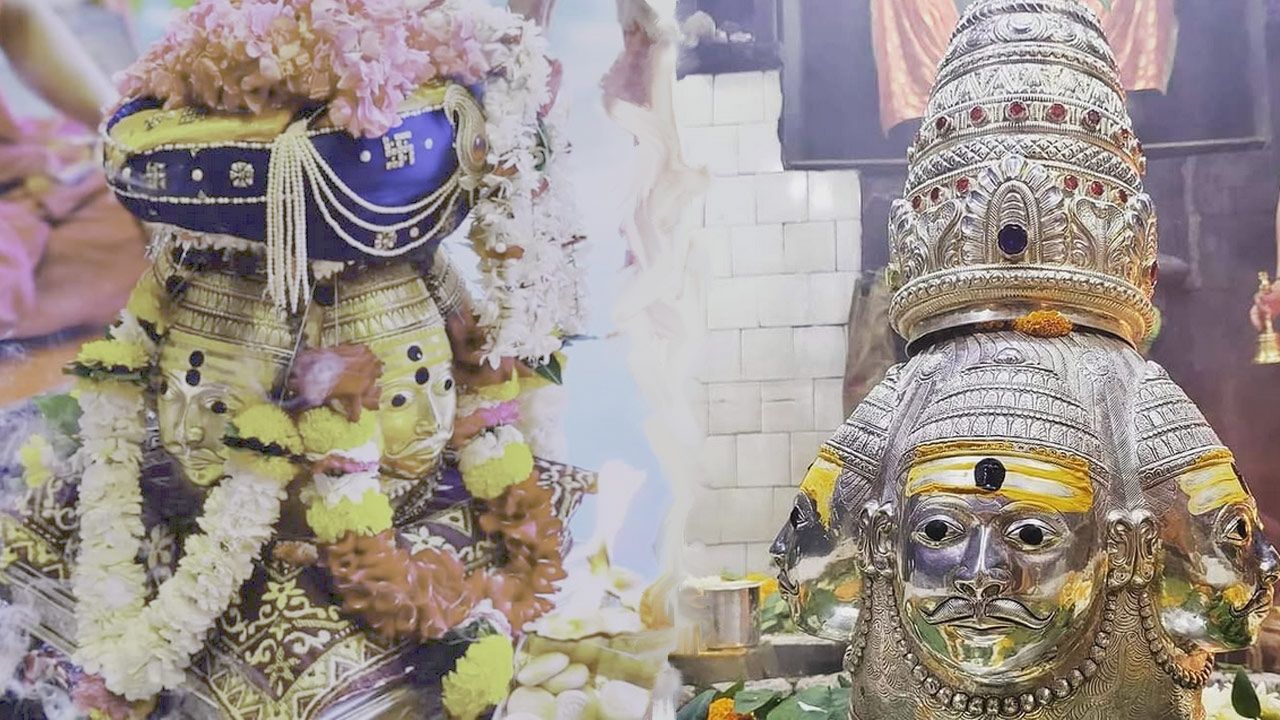
History Behind the Triambakeshwar Temple
To figure out the source of light, Brahma and Vishnu split in the opposite direction. Brahma lied about finding the end of the light to establish his supremacy over the world while Vishnu conceded his defeat. Brahma’s lies angered Lord Shiva, who then appeared as the second pillar of light and punished Brahma. Lord Shiva cursed Brahma by telling him that Brahma wouldn’t be worshipped any more in the mortal world, while Vishnu will be worshipped till the end of eternity.
Thus, the Jyotirlinga is partless reality, and these shrines are places where Shiva appeared as a fiery column of light. Although it was believed that there are 64 jyotirlingas, only 12 of them are considered to be holy and auspicious as each site represents varied manifestations of Lord Shiva. The Jyotirlinga site signifies the infinite nature of Lord Shiva, where he is regarded as the limitless, formless, and absolute Brahman and the primal soul of the universe.

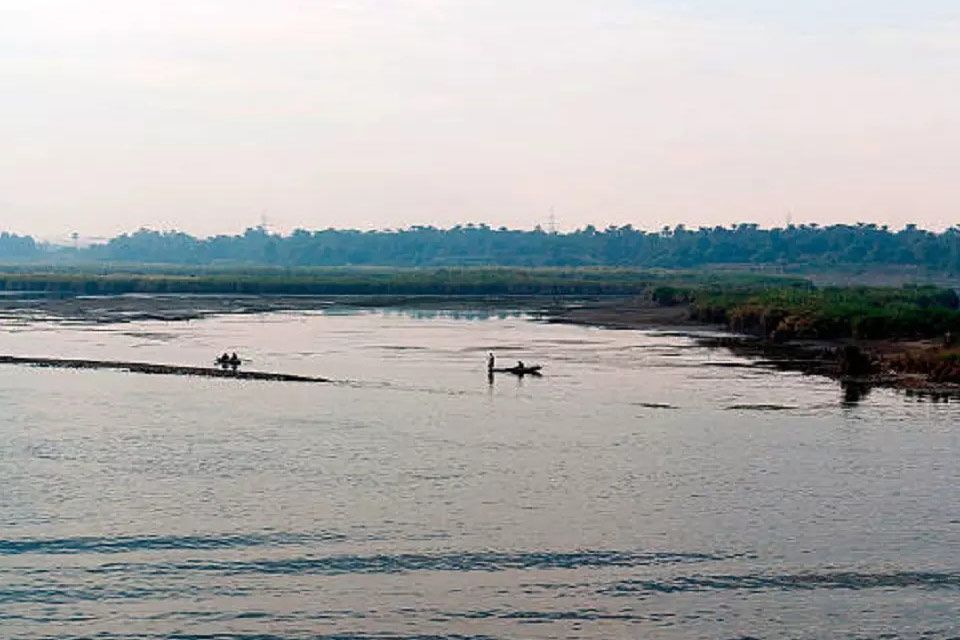
The Birth of the Temple
Trimbak was believed to be the land of rishis, and the residence of Gautam Rishi along with his wife, Ahilya. When severe drought struck the place, Gautam Rishi prayed to the God of Rain for some pouring. Pleased with his prayers, Lord Varuna showered Trimbak with rain for days at a stretch. It helped Gautam Rishi to sow crops and to be able to feed more and more people who took resort in his Ashram. It only added to the punyas of Gautam Rishi.
One day, while walking in the fields, he accidentally killed an innocent cow with his dharba. The cow was a friend of Parvati, Jaya, who had taken the form of a cow. Other rishis refused to take resort to his Ashram when they came across the heinous crime. Gautam rishi pleaded with them to show him the right path to have a way out with the sins.
The Rishis advised him to pray to Lord Shiva to release the Ganges, and taking a bath in the Ganges will wash away all his sins. After this, Gautam Rishi went to the peak of Brahmagiri hills and practiced penance for over 1,000 years. Lord Shiva was pleased with his prayers and decided to wash away his sins by asking Ganga to flow. But, Ganga seemed to have a different plan. Shiva then danced Tandav Nritya, on the peak of Bhramagiri, and dashed his jata. Ganga being afraid starts flowing, and Gautam Rishi could take a bath to wipe away all his sins.
Trimbakeshwar temple is a busy religious center that houses one of the unique lingams among all the 12 Jyotirlingas. However, the excessive use of water has led to erosion of the lingam that symbolizes the diminishing nature of human society.

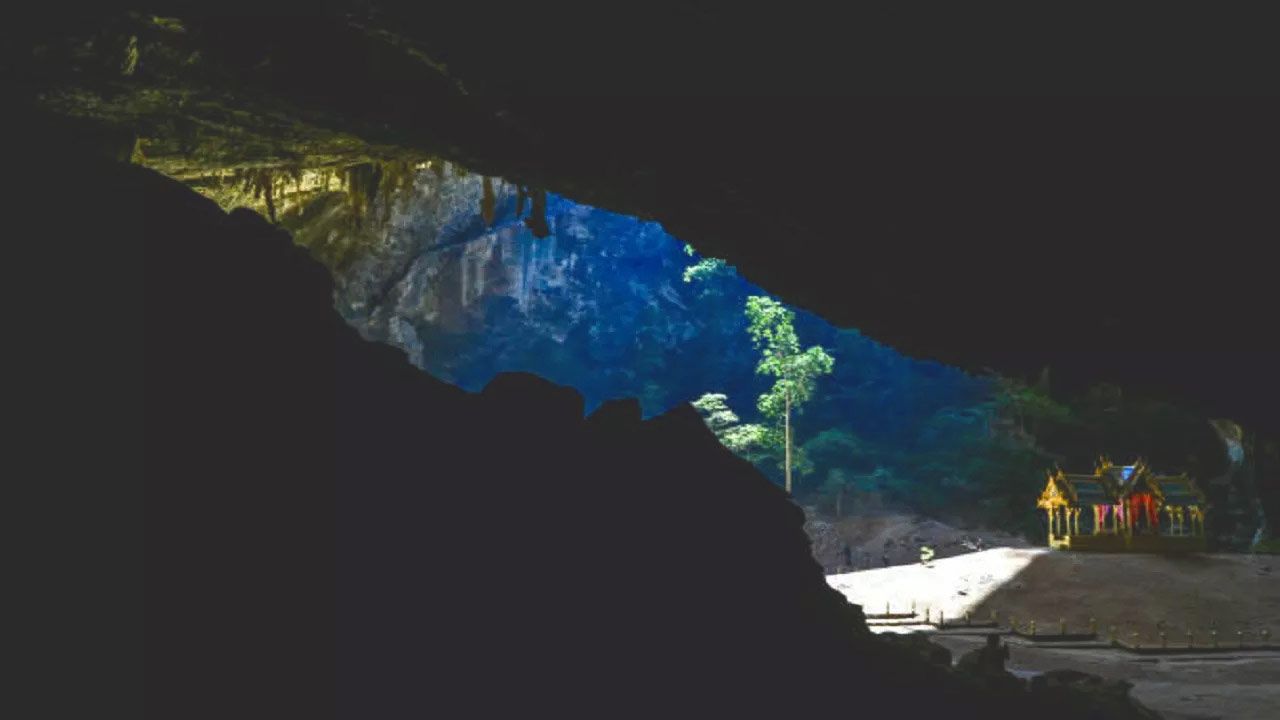
The Trimbakeshwar Shiva Temple has no short of wonder stories among the locals. One of such unique aspect of the temple is the three-faced lingam that embodies Lord Vishnu, Lord Brahma, and Lord Rudra. The three-faced lingam is covered by a jeweled crown, which is placed over the Gold Mask of Tridev. The crown is studded with emeralds, diamonds, and other precious stones. It is believed that the crown dates back to the era of Pandavas.
It so happens that the Prime minister made a bet on whether the stone that surrounds the Jyotirlinga is hollow from or not. At his dismay, the stone was proved to be hollow, and that’s why losing the bet, led him to the built this marvelous temple out of it. The Shiva deity also had the world-famous Nassak Diamond that was looted by the British in The Third Anglo-Maratha War.
Another celebrated and significant festival is the Kumbh Mela. It is one of the largest religious gatherings in the world that is held every 12 years. The festival attracts millions of pilgrims and enthusiasts to take a holy dip in the Godavari. The most recent Kumbh Mela was held in the year 2015.
Held in February or March, Mahashivratri is said to be a special day as devotees believe that it was this night that Lord Shiva and Goddess Parvati vowed the holy matrimonial unity. The tradition even till today carries on with devotees fasting and singing praises throughout the day and night.
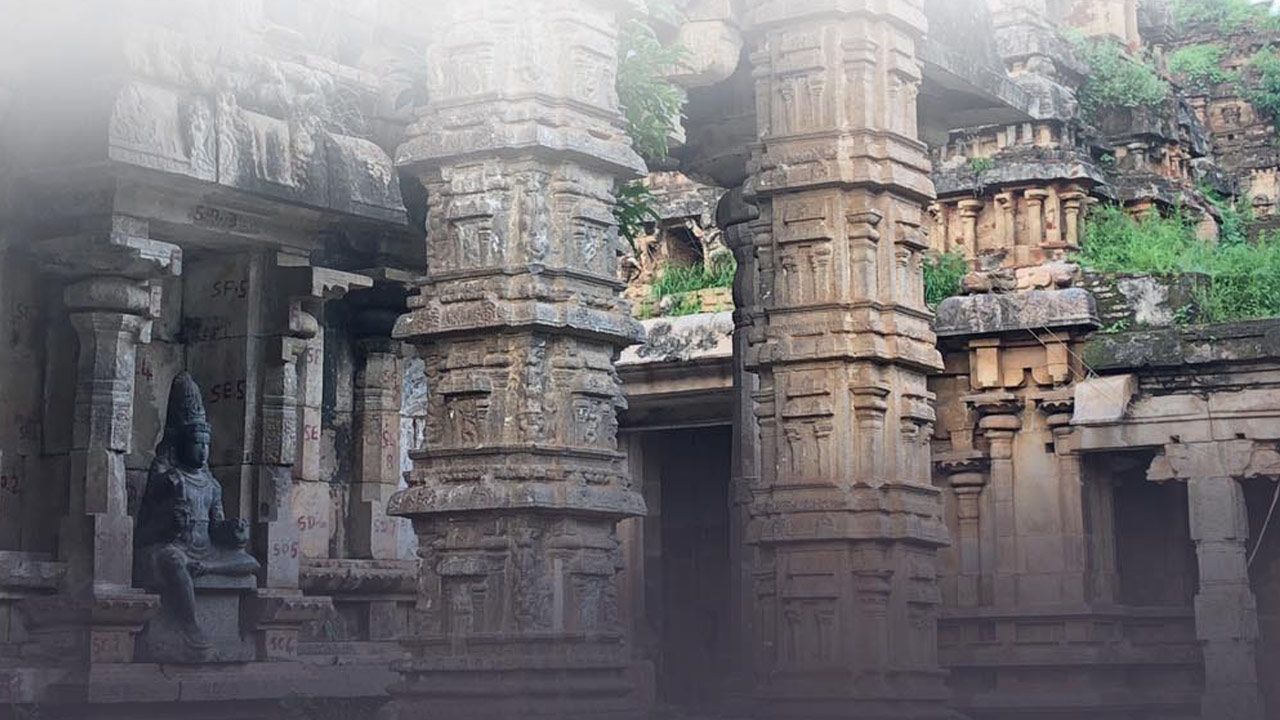
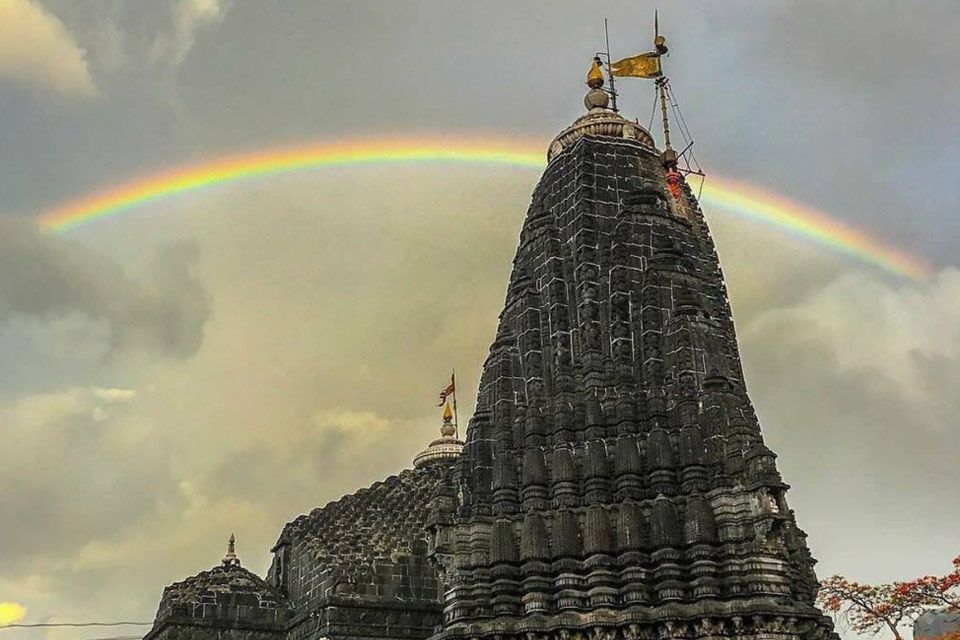
Architectural Significance
The Trimbakeshwar temple is considered to be the 8th Jyotirlinga. The entire temple is built with only black stones that elevate its architecture. The temple was built in the 18th century and in the Nagara-styled that houses a spacious courtyard too. The temple is on an elevated platform, also known as the Shikhara, with a stone plate carved that is shaped into a lotus. The Garbagriha is the innermost part of the temple, and the raised walls of the temple guard the temple deity. The Garbagriha has a hall that has a mandap in front of it, with three entrances.
The walls and the pillars of the temple are adorned with designs of Hindu figures, deities, flowers, humans, and animals. The alluring architecture of the Trimbakeshwar Temple is intricate and displays a rich sense of the culture of that century. This temple also has a mirror that is placed at a height, which helps devotees to take a peek at the deity’s reflection.
Poojas & Ceremonies
Trimbakeshwar History
The Sacred Darshan of the Triambakeshwar Jyotirlinga
The temple opens for devotees to visit at 05:00AM in the morning and closes at 09:00PM at night. The general darshan of Shiva Linga in the temple is done from a distance of 05 meters. If anyone wants to perform a special puja, they are allowed to go into the sanctum sanctorum and can also touch the Linga.
Price list: trimbakeshwar pooja pitra dosh: 2100 ₹, kala sarpa dosha: 2500 ₹, narayan nag bali: 11000 ₹, trimbakeshwar rahu ketu pooja: 2500 ₹, cost of narayan bali: 11000 ₹, pitra dosh puja online: 2100 ₹, trimbakeshwar pitru pooja: 2100 ₹, pitra dosha: 2100 ₹, pithru dosham: 2100 ₹, trimbakeshwar pitra dosh puja: 2100 ₹, best place for pitra dosh puja: 2100 ₹, narayan: 11000 ₹, kaal sarp dosh: 2500 ₹, trimbakeshwar: 2100 ₹, pitru dosha: 2100 ₹, kalsarpa dosha: 2500 ₹, kala sarpa: 2500 ₹, nagbali puja: 11000 ₹, kaal sarp yog: 2500 ₹, puja price: 2500 ₹, nashik pooja: 2100 ₹, trimbakeshwar pooja: 2100 ₹, online guruji: 2100 ₹, pitra puja maharashtra: 2100 ₹, kaal sarp dosh pooja: 2500 ₹, virtual pandit: 2100 ₹, narayan bali: 11000 ₹, kaal sarp puja: 2500 ₹, naga bali pooja: 11000 ₹, pandit on line: 2100 ₹, puja in trimbakeshwar: 2100 ₹, panditonline: 2100 ₹, nagbali pooja: 11000 ₹, pandit services online: 2100 ₹, trimbakeshwar pitru dosh pooja booking: 2100 ₹, pooja booking: 2100 ₹, pandit in trimbakeshwar: 2100 ₹, pooja nivaran: 2100 ₹, pooja: 2100 ₹, pandit in nashik: 2100 ₹, Rahu Ketu pooja: 2500 ₹, pandit pradeep mishra online: 2100 ₹, trimbakeshwar mahashanti puja: 2100 ₹, mrityunjaya puja cost: 45000 ₹, online pandit services: 2100 ₹, कालसर्प दोष पूजा nagbali खर्च: 11000 ₹, guruji puja: 2100 ₹, narayana bali pooja: 11000 ₹, pitru dosha pooja: 2100 ₹, narayan nagbali puja: 11000 ₹, pooja for kaal sarp dosh: 2500 ₹, nag narayan bali puja: 11000 ₹, narayan nagbali pooja: 11000 ₹, narayana bali pooja: 11000 ₹, narayan bali pooja: 11000 ₹, trimbakeshwar temple kaal sarp puja: 2500 ₹, narayana naga bali puja trimbakeshwar: 11000 ₹, pitra dosha pooja: 2100 ₹, nagbali puja: 11000 ₹, pitru dosh pooja: 2100 ₹, narayana naga bali pooja: 11000 ₹, kaal sarp dosh nivaran: 2500 ₹, narayana naga bali puja: 11000 ₹, narayan bali nagbali pooja: 11000 ₹, kalsarp pooja trimbakeshwar: 2500 ₹, kaal sarp puja in trimbakeshwar: 2500 ₹, kaal sarp dosh puja: 2500 ₹, narayan bali puja: 11000 ₹, sarp dosh: 2500 ₹, kal sarp dosh: 2500 ₹, kalsrp dosh: 2500 ₹, narayan nagbali: 11000 ₹, kalasarpa dosha: 2500 ₹, कालसर्प दोष पूजा खर्च: 2500 ₹, कालसर्प दोष: 2500 ₹, kulik kaal sarp dosh: 2500 ₹, kaal sarp: 2500 ₹, sarpa dosha: 2500 ₹, takshak kaal sarp dosh: 2500 ₹, Kalsarpa dosha puja: 2500 ₹